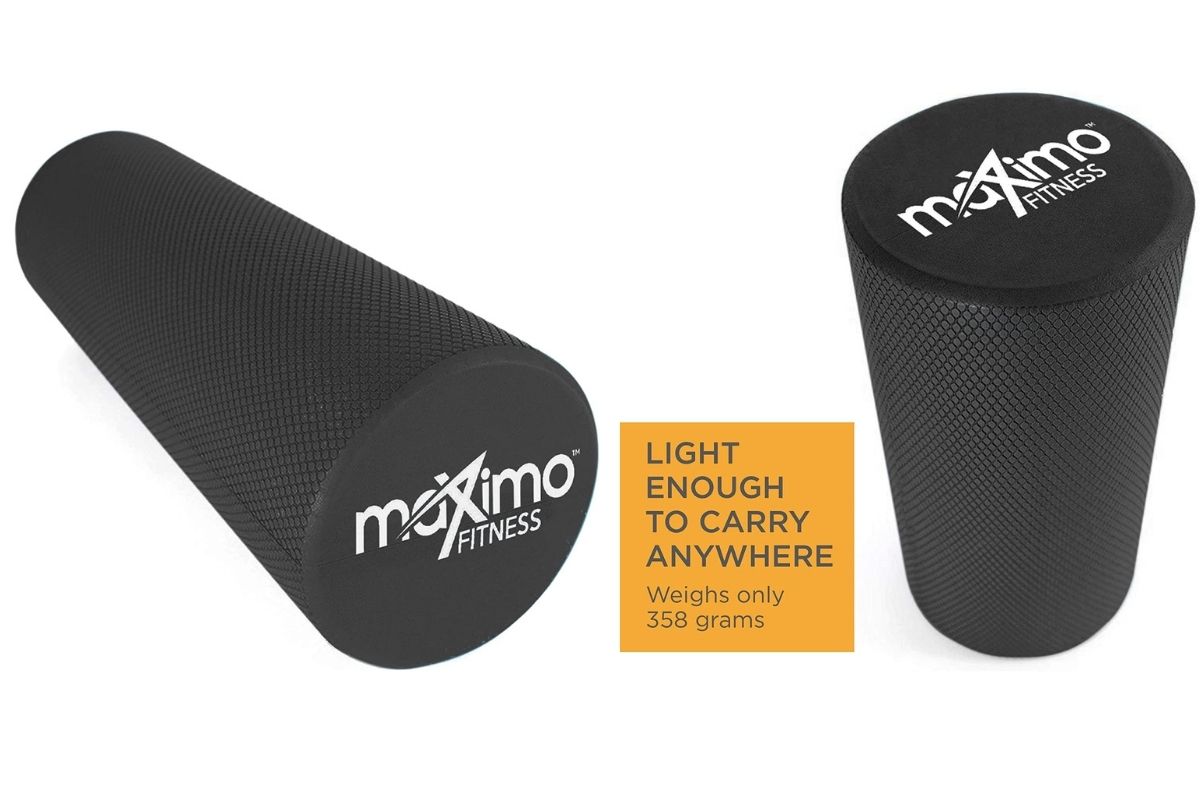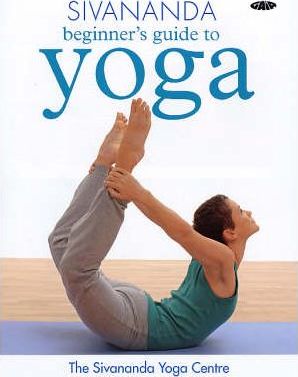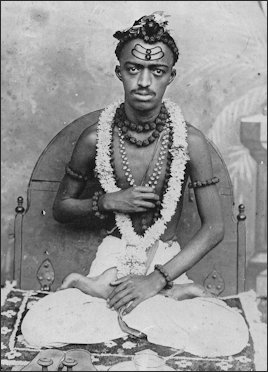
Yoga is derived from Sanskrit which means to join or unite. This union refers not only to a union of mind, body, but also to an individual consciousness that is united with the universal consciousness. Yogaic practice was widespread in India during the early years of the 20th century. Lord Shiva, the first known yogi, spread it through his writings. These books were later translated into many languages, and spread throughout the globe.
As the practice of yoga spread, it was not uncommon for yoga to take on a more western appearance, particularly in Europe. The widespread availability of yoga videos began in the early 1900s with the introduction of VHS tapes (and DVDs) to help. Yoga was quickly and widely popularized in America thanks to the growing fitness industry and the Internet. The invention of the microphone in the 1990s and transatlantic flights made it possible for ideas to be spread widely and reached large audiences.
The history of yoga dates back thousands upon thousands of years. Although it was initially practiced to attain spiritual goals, Westerners became aware of it only in the second half of the 20th century. Swami Vivekananda (an Indian monk) traveled to Europe and the U.S. to promote the practice. He taught yoga in West Asia, where it is still popular today. This is a wonderful way to learn all about yoga's past.

Yoga's roots can be traced back to northern India in ancient times. The Vedas, which are the oldest of the four Vedas, contains references to this practice. The Rigveda has over a thousand hymns, and 200 mantras. The Rig Veda was used by priests of the Vedic age to learn about the different positions and postures of yoga. Many Rishis improved the practice over the centuries and brought it to the present day. Another great resource for information on the history of yoga is the Upanishads.
Yoga's history began in ancient India, when the first mentions were made of it. The practice developed to include physical postures, or asanas. Hatha yoga became very popular in America during the early 1900s. Teachers began to add asanas and other activities to their classes. The 1970s saw the practice become mainstream and accepted all over the globe. The popularity of yoga grew and spread after its birth in the United States.
The history of yoga is complex. Yoga's origins date back to 2000 BC when it was primarily a mind-body practice. The first Hatha yoga classes were then developed. In the 1920s, the practice evolved into a more body-centered form of yoga, called hatha yoga. Today, asanas are commonly used as a tool to achieve this goal.
The roots of yoga's origins lie in ancient India. The practice and philosophy of yoga were very different thousands of years ago from Vinyasa today. It is possible to learn more about the history of yoga and better understand it. One example is that ancient yoga wasn't practiced in the exact same way as modern-day Yoga. Yoga's origins can be traced back thousands years ago and will help you to appreciate the practice more deeply.

Yoga has a long history. The ancient yogis were largely Hindu, but they were influenced by the Hindu culture. Yoga was generally banned in the west because of its British origins. After this, the practice of yoga began to spread in Europe and the USA. During the late 1800s, gurus from India brought yoga to the United States. Asana can be described as a form meditation.
Asana is the core of all yoga practices. Asana is a very ancient practice. The practice of yoga was spiritual and religious at its best in the 5th Century. The ancients also included Buddhism and Jainism. The Classical Period saw the first systematic presentation of yoga beliefs and practices in Hinduism, Jainism. The popularity and influence of yoga grew over the centuries. But as with any new practice, the roots of it are still rooted in the same principles and ideals.
FAQ
Is Cardio Better Than Strength Training?
Both are equally excellent. But cardio is a much better choice if you want to gain muscles faster.
Cardio burns more calories per hour than strength training, and also burns more fat.
Strength training helps build muscle mass. But it takes longer than cardio to accomplish this goal.
What does butter do for men?
Butter is a great source of saturated fats. This fat is good for hair and skin health, as well as stronger bones.
Vitamin K is also found in butter, which helps prevent bleeding from cuts or bruises. Vitamin K is combined with vitamin C to prevent bruises.
Butter is rich in minerals such as calcium, potassium, and phosphorous. These elements encourage stronger bones.
However, butter has some drawbacks. Butter is high in cholesterol. Some studies show that consuming too much cholesterol may increase the risk of developing cardiovascular disease.
Butter is high in saturatedfat, which contributes both to obesity, and raises cholesterol.
If you have to have butter, spread it on bread instead of dipping it in soup or salad. Bread absorbs less oil than pasta and potatoes.
How many calories should I eat daily?
The exact amount varies depending on the person. The average is 2000 - 2500 calories per day. It's important to assess your life style, gender, age and height in order to determine how much calories you need.
How quickly can I transform the body of my child?
The first step is to change your mind. The first step is to decide to change.
After you have made the decision to change, you should commit to working towards your fitness goals for at minimum 3 months.
Next, you will need to find a program that suits your lifestyle.
Realistic expectations are also important. You shouldn't waste money on a gym membership that doesn't allow you to put in the effort and time required to reach your goals.
Instead, make use of your time outdoors.
Walking around the block for an hour per day will help you lose 1 lb in a week.
Once you know what your plan is, it's time to start organizing your life in accordance with this plan.
This means that you should schedule time for exercise every morning before heading to work, and allow yourself to take breaks throughout the day.
You should also reward yourself for reaching milestones. You can buy accessories and clothes that reflect your success.
What is a good daily gym routine?
To stay fit, you need to exercise regularly. It doesn't make a difference what kind of activity you choose. As long as you do it often, it will be beneficial. Consistency is key. It is important to stay consistent in order to get results.
Begin by starting to do a little bit of physical activity each day (like walking). Gradually increase your exercise time until you are able to spend 30 minutes per day. You could do this by running, swimming, weight training or yoga.
Try to get active every day. Don't skip any sessions unless you have a valid reason for not attending.
If you exercise outside, ensure that you wear appropriate clothing and footwear. You should also consider the weather conditions that could affect your ability exercise safely.
While exercising, make sure to drink plenty water. Avoid drinking alcohol during this time because it can cause dehydration. Avoid caffeinated drinks, such as coffee, tea and cola. These drinks may give you energy but also dehydrate your body.
After your first exercise, you may feel tired. If you stick with your training program, you'll feel more awake and alert.
What is a good schedule for a 7-day work out?
A seven-day program should include three days of cardio training (running, biking and swimming), two strength exercise (using free weights or weight machines) and one flexibility/core work out (yoga, Pilates). It's essential to do each activity at least once a week. Each session should not take more than 45 mins.
Cardiovascular Exercises: Swimming, Cycling, Running
It is important to complete at least 60 minutes of cardio per week. For best results, aim for 75 minutes per week. Cardio exercise can stimulate blood flow and increase muscle growth.
Strength Training
Cardio exercises target your heart and lungs. Strengthening your muscles and bones is the opposite. Strength training is a great way to build lean muscle mass that helps you burn calories even if you are not actively exercising.
Flexibility & Core Workouts
To strengthen your whole body, flexibility and core work outs are excellent ways to do so. Both yoga and Pilates are excellent options.
Why Metabolic Well-being is the Key to Aging Well
People are living longer today than ever. But as they do, they're also getting sicker. Even though we have made significant advances in medical science it is becoming clearer that our current approach doesn't work.
It is time to change the way we view health and aging. To achieve healthy aging, we must look at metabolic health as more than just weight loss. It is also important to consider overall wellness.
Your metabolism must be strong and healthy to ensure you live an active lifestyle for many years to come.
There are many methods to improve your metabolic state. One way to improve your metabolic health is to incorporate these seven foods into your daily diet.
-
Resveratrol is a component of blueberries that has been proven to improve cellular longevity. They are also rich in vitamins C & E and antioxidants.
-
Pinto beans and lentils make excellent sources of fiber as well as plant-based protein. These nutrients help maintain blood sugar levels so they don’t spike and fall.
-
Broccoli has sulforaphane. It has been proven to protect cells from DNA damage. It could even slow down the growth of cancer.
-
Chia Seeds contain high levels of fiber and omega-3 fat acids. They are rich in protein and antioxidants. All of these nutrients help promote heart health, brain function, and gut health.
-
Green Tea is rich in polyphenols known as catechins. Green tea catechins have been shown to reduce bone fractures, heart disease, cognitive decline, diabetes risk, and other health issues.
-
Salmonis packed with vitamin D, low in saturatedfat and one of best sources of lean meat.
-
Walnuts are high in omega-3s. They also contain antioxidants like alphalipoic Acid (ALA). ALA aids in energy production and protection against inflammation.
Statistics
- Candidates and applicants must pass all four tests at 70% (minimum level) to graduate from Basic Deputy U.S. Marshal (BDUSM) Training. (usmarshals.gov)
- According to the American Heart Association, blood pressure should be checked at least once every two years, beginning at age 20. (my.clevelandclinic.org)
- By John Thompson Take a whopping 38% off a set of PowerBlock Pros. (menshealth.com)
- 10 pounds in a month is likely during a lean bulking phase, especially for beginners. (muscleandstrength.com)
- The PRS enabled risk stratification for overall prostate cancer and lethal disease with a four-fold difference between men in the highest and lowest quartiles (HR, 4.32; 95% confidence interval [CI], 3.16-5.89). (pubmed.ncbi.nlm.nih.gov)
External Links
How To
What should you eat before you go to work?
You need to eat less calories than you burn while exercising in order to lose weight. All your nutrients must be consumed.
This includes protein, carbohydrates fats, vitamins and other nutrients.
This is best done by eating smaller meals throughout each day, rather than three large meals.
It is possible to not do as well if your body is too full when you work out.
You could try drinking water instead of energy drinks which contain caffeine and sugar. This will keep your body hydrated and energized.
However, make sure you are consuming enough fluids. Drinking too much water could dilute the electrolytes in your system.
For proper functioning of your body, electrolytes are necessary.
If you don't have access to water, you could drink sports drinks. They contain sodium, potassium, calcium, magnesium, and other minerals.
This help replenishes lost electrolytes. But they won't replace what your body has lost due to sweating.
A multivitamin pill can be taken if you worry about losing too much salt while exercising.
These supplements contain additional vitamin B6, which can help regulate your body's sodium levels.
Supplements are not recommended if you don’t know the amount of salt in your food or beverages.
They aren't regulated by the Food and Drug Administration (FDA).
Some sports drinks may contain more sodium than others.
Some sports drinks might contain artificial sweeteners, preservatives, or both. These may cause digestive problems.
If you're concerned about salt intake, sea salt could be used.
It contains fewer chemicals that table salt.
Sea salt also has low levels of iodine which is another mineral that is essential for healthy thyroid function.